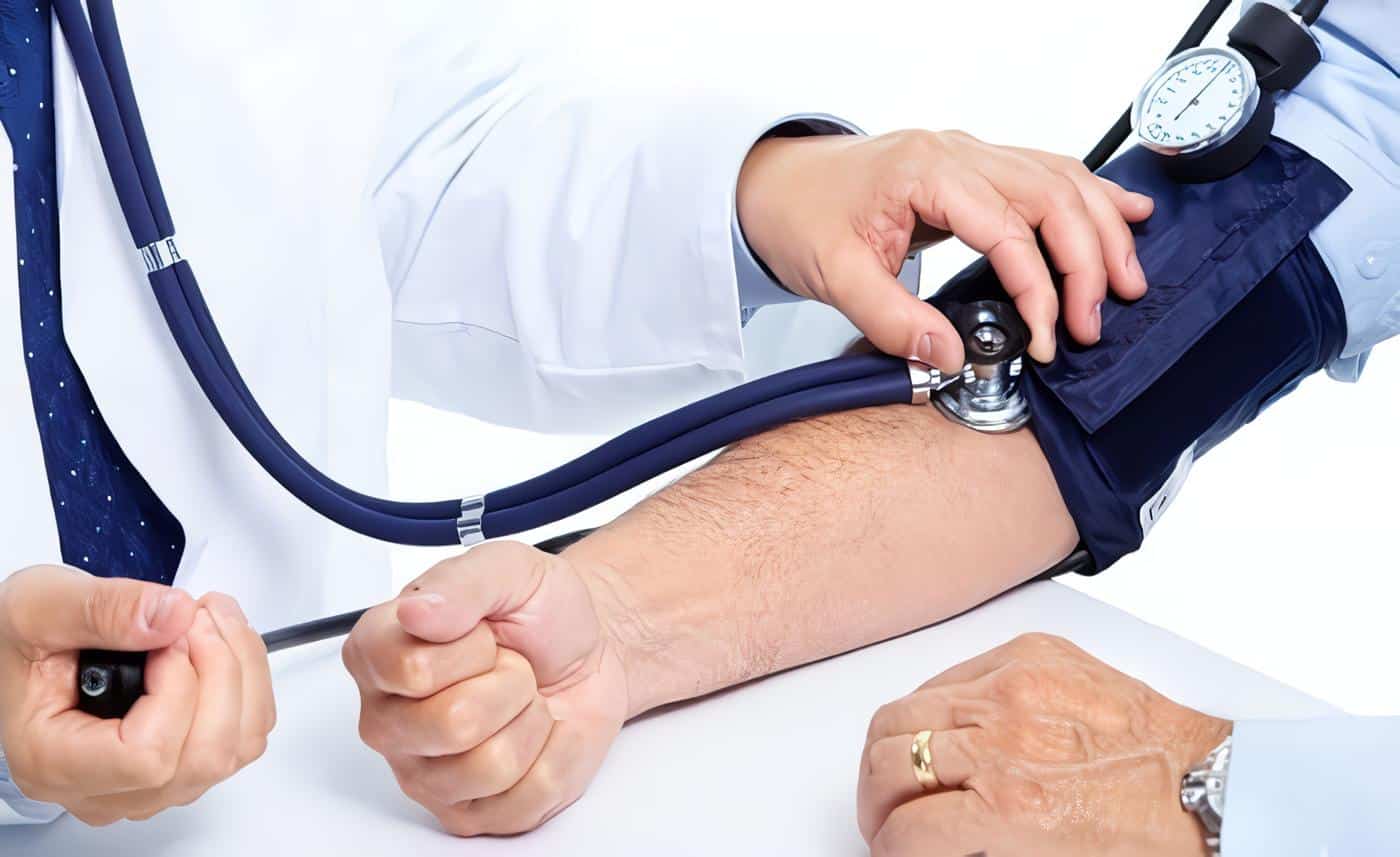Second Chapter
Dr. Álvaro Monterrosa Castro, MD
High blood pressure and combined oral contraceptives
At the end of the sixties, the first mention of an association between high blood pressure and combined oral contraceptives was made (18).
Later studies confirmed these findings and also demonstrated the existence of individual susceptibility (155). With older oral contraceptives, there was an increase in average blood pressure in the majority of users, increasing by 5-7 mm/Hg. systolic and 1-2 mm/Hg.
Diastolic (156), however in a small group the increase was clinically important when the user had been using it for several months. 5% of macrodose users had blood pressure above 140/90.
Microdose oral contraceptives have minimal effects on blood pressure, which remains stable within normal limits (83,122), but it is necessary to periodically measure blood pressure in all users of oral contraceptives.
Godsland et al (155) evaluated changes in blood pressure levels in users of both monophasic and triphasic microdose oral contraceptives, which included levonorgestrel, norethindrone and desogestrel, and concluded that the impact on blood pressure was very minimal.
Oral contraceptives, depending on their progestational component, can induce a metabolic state similar to insulin resistance syndrome (155).
(Read Also: Teratogenicity of Oral Contraceptives)
This hyperinsulinism is important in the development of blood pressure:
Since it causes an increase in the reabsorption of sodium and water with an increase in the activity of Na-K-ATP in the renal distal tubules and an increase in sympathetic tone produced by the increase in norepinephrine. The estrogenic content increases renin, stimulating the renin-angiotensin-aldosterone system, increasing water and sodium retention, which will lead to an increase in blood pressure.
Fuchs et al (156) reported not having found significant clinical changes in blood pressure values when studying women who received 75 ug/day of Gestodene plus 30 ug/day of ethinyl estradiol.
Arangino et al (157), based on the study carried out in Italy, maintain that blood pressure measured in the lying and supine position is similar in young and healthy users who use microdose or very low dose combined oral contraceptives as well as in non-users. .
Drospirenone (76,158), being an antimineralocorticoid progestin, derived from spironolactone, in combination with 30 ug/day of ethinyl estradiol, is associated with a slight decrease in blood pressure (83).
In these studies (77, 78) it has been noted that a greater number of women using drospirenone had a decrease in systolic blood pressure while a greater number of women using desogestrel had an increase in systolic blood pressure.
It is considered for daily practice that there are no significant variations in systolic blood pressure that can be related to the antimineralocorticoid characteristics of ladrospirenone (56).
